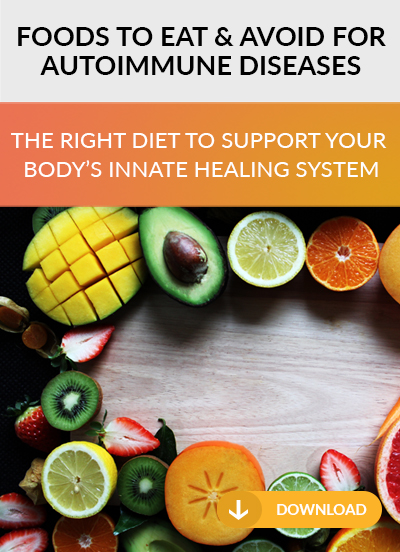What are lectins?
‘Sticky’ proteins found in plants that protect plants from predation but can damage human tissue
Why are they problematic?
- They can damage the gut lining and cause ‘leaky gut’
- We have evolved to deal with some high lectin foods better than others
- Grasses, grain, and bean lectins we are less evolved to deal with
Sources of high lectins
- Grains – less so gluten, but wheat germ agglutinin, so you can be gluten-free but still be consuming if you’re eating grains
- Corn and quinoa
- Nightshades: potatoes, eggplants, tomatoes
- Beans: peanuts, cashews
- Squash, zucchini, chia seeds
What do the symptoms of this look like, how might someone know it’s affecting them?
- Joint pain and arthritis
- Skin rashes and psoriasis
- Autoimmune diseases
- Depression, fatigue
- Coronary artery disease
- Tonsils out almost guarantees lectin sensitive
Lab markers
- Chronically low WBC
- Inflammatory markers to track: hs-CRP, TNFa, IL-6 (for RA), adiponectin (>16 not good)
Treatment, a low lectin diet
- Peeling and deseeding will reduce lectins
- Low lectin diet
- Focus on
- Leaves, tubers, fats,
- Intermittent fasting (wait 4 hours before bed)
What does the research say? Are there any published clinical trials?
- Research in its infancy, many references in this book for mechanism
Cooking tip!
Use a pressure cooker to remove the vast majority of lectins in beans, tomatoes and potatoes!
Call us today to get your Gut Testing underway!




